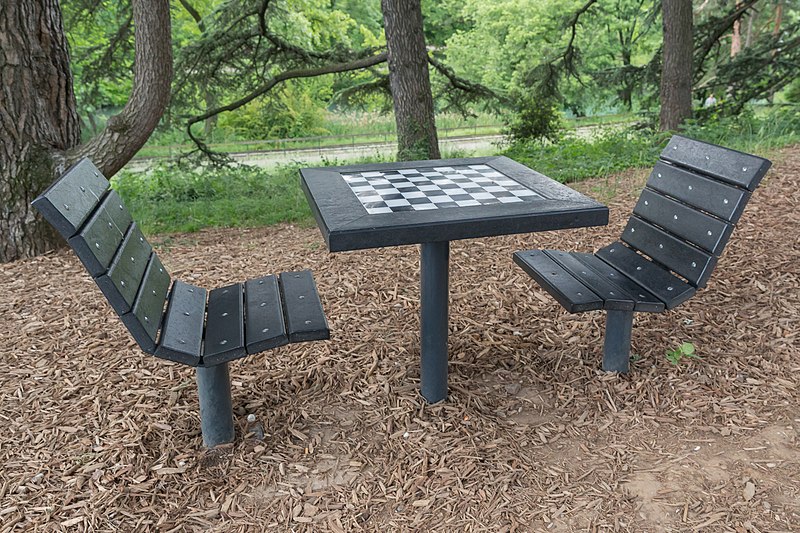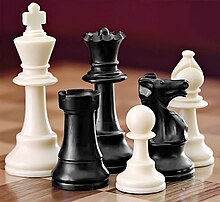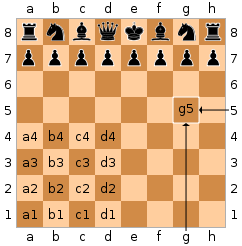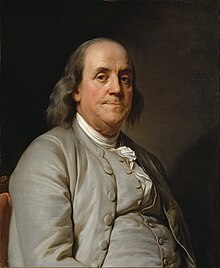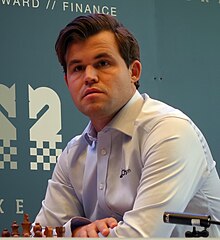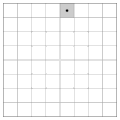Introduction
Chess is a board game for two players. It is sometimes called international chess or Western chess to distinguish it from related games such as xiangqi (Chinese chess) and shogi (Japanese chess).
Chess is an abstract strategy game that involves no hidden information and no elements of chance. It is played on a chessboard with 64 squares arranged in an 8×8 grid. The players, referred to generically as "White" and "Black", each control sixteen pieces: one king, one queen, two rooks, two bishops, two knights, and eight pawns. White moves first, followed by Black; then moves alternate. The object of the game is to checkmate (threaten with inescapable capture) the enemy king. There are also several ways a game can end in a draw.
The recorded history of chess goes back at least to the emergence of a similar game, chaturanga, in seventh-century India. After its introduction in Persia, it spread to the Arab world and then to Europe. The rules of chess as they are known today emerged in Europe at the end of the 15th century, with standardization and universal acceptance by the end of the 19th century. Today, chess is one of the world's most popular games, with millions of players worldwide. (Full article...)
Selected article -
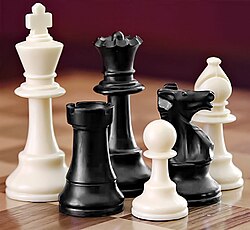
The rules of chess (also known as the laws of chess) govern the play of the game of chess. Chess is a two-player abstract strategy board game. Each player controls sixteen pieces of six types on a chessboard. Each type of piece moves in a distinct way. The object of the game is to checkmate the opponent's king; checkmate occurs when a king is threatened with capture and has no escape. A game can end in various ways besides checkmate: a player can resign, and there are several ways a game can end in a draw.
While the exact origins of chess are unclear, modern rules first took form during the Middle Ages. The rules continued to be slightly modified until the early 19th century, when they reached essentially their current form. The rules also varied somewhat from region to region. Today, the standard rules are set by FIDE (Fédération Internationale des Échecs), the international governing body for chess. Slight modifications are made by some national organizations for their own purposes. There are variations of the rules for fast chess, correspondence chess, online chess, and Chess960. (Full article...)
General images
Selected image
FIDE world ranking
| Rank | Player | Rating |
|---|---|---|
| 1 | 2831 | |
| 2 | 2805 | |
| 3 | 2802 | |
| 4 | 2799 | |
| 5 | 2783 | |
| 6 | 2777 | |
| 7 | 2763 | |
| 8 | 2755 | |
| 9 | 2753 | |
| 10 | 2750 | |
| 11 | 2747 | |
| 12 | 2741 | |
| 13 | 2740 | |
| 14 | 2739 | |
| 15 | 2739 | |
| 16 | 2739 | |
| 17 | 2738 | |
| 18 | 2737 | |
| 19 | 2737 | |
| 20 | 2734 |
Top 10 WikiProject Chess Popular articles of the month
Did you know...
- ... that Magnus Carlsen, the current World Chess Champion, resigned a recent tournament game after only one move?
Reviewed articles
Chess from A to Z
| Index: | A B C D E F G H I J K L M N O P Q R S T U V W X Y Z (0–9) |
| Glossary: | A B C D E F G H I J K L M N O P Q R S T U V W X Y Z |
Topics
Subcategories
Related portals
Related WikiProjects
Associated Wikimedia
The following Wikimedia Foundation sister projects provide more on this subject:
-
Commons
Free media repository -
Wikibooks
Free textbooks and manuals -
Wikidata
Free knowledge base -
Wikinews
Free-content news -
Wikiquote
Collection of quotations -
Wikisource
Free-content library -
Wikiversity
Free learning tools -
Wiktionary
Dictionary and thesaurus
